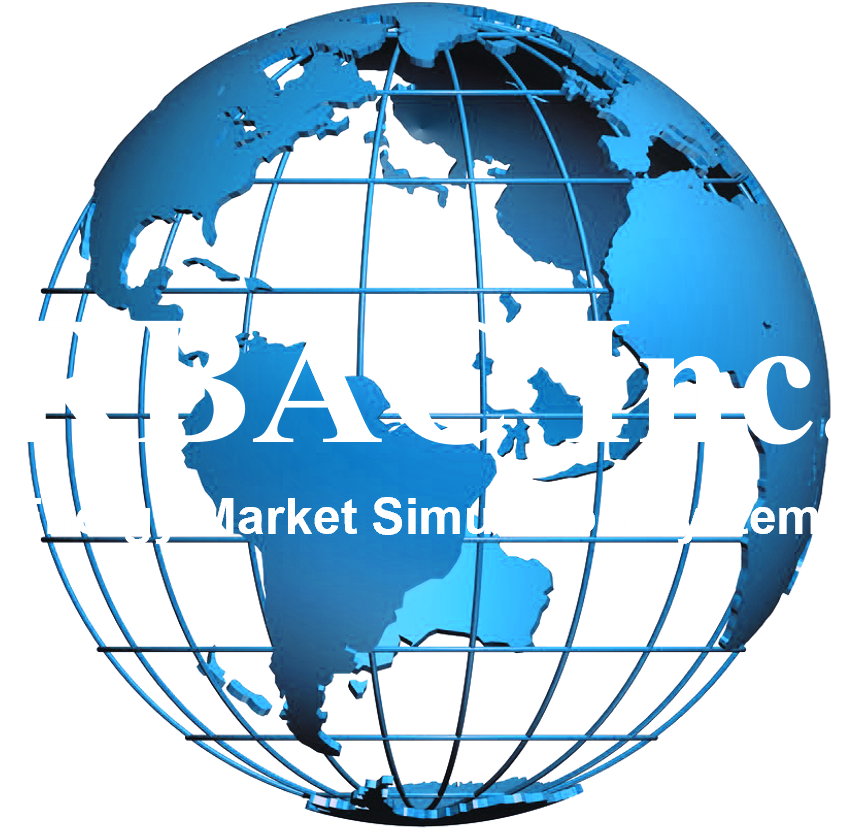In another edition of Armando Cavanha’s podcast, RBAC’s Scott McKenna and Cyrus Brooks came together to discuss differences and similarities on how forward curves and simulation models paint a picture of the natural gas market’s future, new sources of demand, and supply reliability.
Moderated by Armando Cavanha, the conversation dives deep into the difference between market-based futures pricing and modeled scenario-based forecasts, and explores the underlying data, assumptions, and geopolitical dynamics shaping natural gas projections over the next decade.
Key Topics:
- Forecasts vs Futures
- Modeling Tools
- Divergence Drivers
- Geopolitical and Regulatory Impacts
- AI and Data Center Demand Growth
If you would like to hear about future events RBAC is a part of or hosts, join our mailing list to keep up with all things RBAC, natural gas, and LNG!
Otherwise, listen to the full discussion below:
Don’t have time to watch the full video? Check out our detailed breakdown below.
Forecasts vs Futures: Why the Divergence?
While natural gas outlooks and futures may seem aligned in purpose—anticipating future price and supply-demand conditions—the panel emphasizes that their underlying assumptions and methods differ significantly.
“The divergence is more in the assumptions that you’re going to run through the model for what you expect to happen in the future.”
This divergence often arises even when using the same historical data. Outlooks are built on what analysts believe will happen under given scenarios, while futures reflect what traders think is likely based on current market signals. The hosts underscore that scenario modeling—rather than pinpoint prediction—is the real value of long-term forecasting.
Models that Matter: Inside RBAC’s Toolset
RBAC’s robust simulation systems play a crucial role in generating credible gas outlooks. These include:
– GPCM (Gas Pipeline Competition Model): North American gas flow simulation down to the pipeline level
– G2M2: The global gas outlook model, incorporating regional and geopolitical data
– NGL Model: For natural gas liquids (ethane, propane, butane)
“We have our own US or I guess I would say North American model, GPCM. We have a global gas model [G2M2]… We build all these in-house and we’re trying to simulate what’s happening in real life.”
Unlike broader corridor models, RBAC’s tools offer high granularity, including real-world infrastructure and policy constraints.
Geopolitics, Regulation & Data Challenges
The panel also highlights that geopolitical developments and regulatory hurdles often influence the outcomes of these models more than pure economics.
For example:
– The Nord Stream 2 explosion and subsequent re-routing of European gas flows
– Ongoing pipeline permitting constraints in New England and the northeast U.S.
– Rising tension over ethane export restrictions, which could reshape associated gas supply
Outside the U.S., data can be sparse or politically filtered. RBAC tackles this by building aggregated ‘Geopolitical Units’ for regions with limited visibility—such as West Africa or parts of Asia.
The AI & Data Center Boom: Gas Demand Reimagined
One of the most dynamic segments of the conversation centers on the explosive growth in AI and data centers, which could significantly reshape electricity—and thus natural gas—demand.
“It could be 2 BCF a day, it could be, I’ve seen numbers as high as 15, maybe even 20 BCF a day.”
The discussion compares this uncertain future to a hurricane forecast cone—we know more demand is coming, but not exactly how much or how fast. As with LNG, visibility improves with time and infrastructure development.
Forward Curves & Scenario Analysis
RBAC’s forecast diverges sharply from the CME’s futures curve in 2030 and beyond. While CME curves assume market equilibrium at ~$3.50/MMBtu in 2030, RBAC’s model suggests a higher price would be needed to support growing LNG and AI-related demand.
“The divergence really lies in how, at what price level do you get enough supply to meet that demand.”
Scenarios can be adjusted for factors like:
– Permian or Haynesville supply response
– Delays in turbine delivery or transmission upgrades
– Regulatory shifts or infrastructure bottlenecks
Adapting to an Uncertain Future
So what should analysts or decision-makers do in light of these divergences?
1. Focus on scenario planning over single-point forecasting
2. Calibrate elasticities—how supply responds to price
3. Monitor new infrastructure, policy signals, and demand trends
4. Understand the assumptions behind any curve—whether modeled or traded
“We’re just providing a model that allows you to modify, change, put in your own assumptions.”
In a world where data is more abundant, but certainty is scarcer, this episode brings clarity to the tools, models, and thinking needed to navigate the future of natural gas. Whether you’re a producer, policymaker, or portfolio manager, understanding the nuances between futures curves and scenario-based outlooks can provide a vital edge.
Have any questions about the content covered or interest in a demonstration of our market simulation tools? Contact us today by clicking here.
RBAC is the market-leading supplier of global and regional gas and LNG market simulation systems used by the energy industry and related government agencies for over two decades. The GPCM® Market Simulator for North American Gas and LNG™ is the most widely used natural gas market simulation system in North America. RBAC’s G2M2® Market Simulator for Global Gas and LNG™ has been instrumental in understanding evolving global gas and LNG market dynamics and is vital to fully grasp and leverage the interrelationship between the North American and global gas markets.


